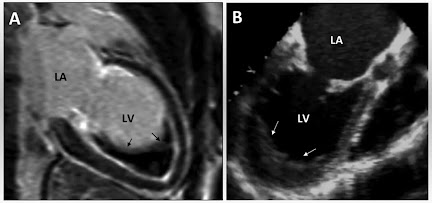Cell membrane
Definition : it is a protective sheath, and it is also known as plasma membrane, plasmalemma. This membrane separate ICF from ECF. it is a semipermeable membrane. Thickness of the cell membrane 75-111°A.
Composition of cell membrane :
- Protein - 55%
- Lipid - 40%
- Carbohydrate - 5%
Lipid layer of cell membrane :
- Phospholipid.
- Cholesterol .
Protein layer of cell membrane :
1. Integral protein - that pass through entire thickness of cell membrane from one side to other side.
Example of integral protein:
- Cell adhesion proteins.
- Cell junction protein.
- Some carrier or transport protein.
- Channel protein.
- Some hormones receptor.
- Antigens.
- Some enzymes.
2. Peripheral protein - are the partially embedded in the outer or inner surface of the cell membrane .
Example of peripheral protein :
- Proteins of cytoskeleton.
- Some carrier or transport protein.
- Some enzymes.
Functions of cell membrane :
- Protective function .
- Selective permeability .
- Absorptive function.
- Excretory function .
- Exchange of gases.
- Maintenance of shape and size of the cell.
- Transportation.






No comments:
Post a Comment
Please do not enter any spam link in the comment box